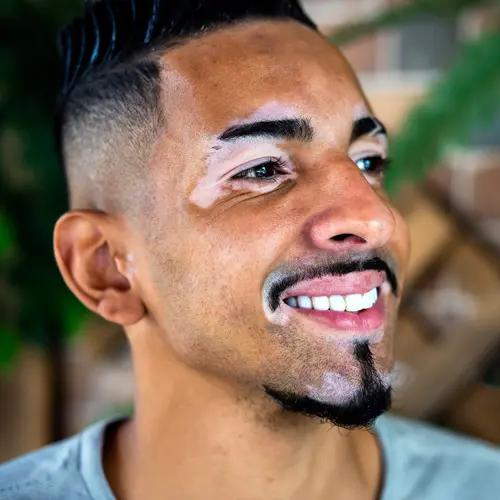Varicose veins appear most often in the legs. They form when valves in your veins weaken and blood that should be pumped back up toward your heart pools instead in the veins.
Your veins then become enlarged and can look knotted or ropy. But, you might also have varicose veins that aren’t as close to the surface of your skin and not so easily seen.
They might cause your skin to swell, harden, and turn darker or red.
Is It Just a Cosmetic Problem?
You may not like the way your varicose veins look, but the issues that come with them are usually uncomfortable rather than serious.
In addition to the knotted, ropy veins, other symptoms include:
- Color changes in your skin
- Sores or rashes on your legs
- A heavy, aching, or burning feeling in your legs
- Soreness behind the knee
- Swollen legs, ankles, and feet
- Itching around the affected veins
- Minor bumps can cause veins to burst and bleed
But varicose veins can sometimes be linked to more serious health problems, such as:
- Venous stasis ulcers. These are sores that form when a vein doesn’t properly drain fluid from the surrounding area and your skin doesn’t get enough oxygen.
- Phlebitis. This occurs when one of your veins becomes inflamed.
- Thrombosis. This is a blood clot that forms in one of your enlarged veins.
What Can You Do?
You can make lifestyle changes that may keep your varicose veins from getting worse, stop new ones from forming, and reduce your pain.
Be sure you exercise. This helps the blood move through your veins. Talk to your doctor before you start any new activity. Other changes you might try include:
- Don’t sit or stand for a long time. Take breaks.
- When you sit, don’t cross your legs.
- Prop your legs up when sitting, resting, or sleeping. When you can, raise them above the level of your heart.
- If you’re overweight, try to drop some pounds. This will reduce the pressure on your veins.
- Don’t wear clothes that are tight around the waist, groin, or thighs. Tight clothes can make varicose veins worse.
- Limit the amount of time you wear high heels Try to wear lower heels, which strengthen your calf muscles. That’s better for your veins.
- Cut back the amount of salt in your diet. This can reduce swelling in your legs.
Compression Stockings
These can help by squeezing the veins to prevent blood from pooling. They work best if you wear them every day. You can try a low-tech version by wearing support pantyhose, which offer some of the same compression effect.
You can buy compression stockings over the counter at drugstores. Or your doctor may give you a prescription for compression stockings that you get at a medical supply store or pharmacy. A trained worker will fit the stockings specifically for you. This type gives you the most support.
Other Treatment Options
There are other things you can try beyond lifestyle changes and compression stockings, and they can usually be done in a doctor’s office. These procedures include:
Injections: Your doctor might close off veins by injecting a substance that causes them to scar and shut down.
Lasers: Doctors use bursts of light to close down veins. This works best on smaller veins.
Heat: Larger veins might require the use of a catheter to apply heat to the vein.
Removal: Your doctor might take out the vein through a series of tiny skin punctures. Another procedure involves tying off a vein and removing it.
When to Call the Doctor
Your varicose veins might not cause you any trouble. But if your symptoms are getting worse despite lifestyle changes, you should see your doctor.
You also might want to call the doctor because you’re unhappy about how your varicose veins look.
Who Is More Likely to Get Them?
Certain things -- some of which you can control and some of which you can’t -- increase the chances you’ll get varicose veins. They include:
- Obesity
- Age (Valves in the veins naturally begin to weaken because of wear and tear as you get older.)
- Your sex (Four times more women than men will develop varicose veins.)
- Pregnancy. (Varicose veins usually improve 3 months to a year after delivery.)
- Lack of exercise
- Smoking
- Taking birth control pills or hormone replacement therapy
- Injury to your leg
- Family history of varicose veins
The best way to prevent varicose veins is to exercise regularly and watch your weight.

